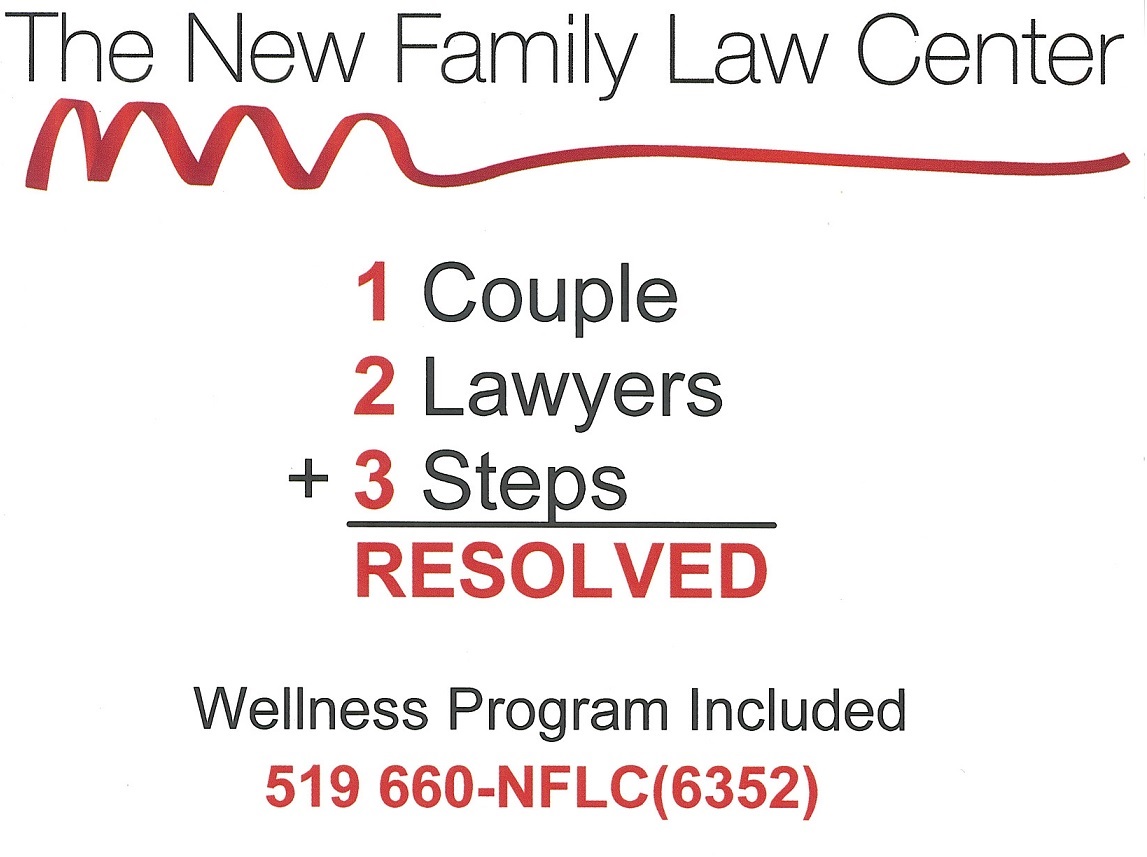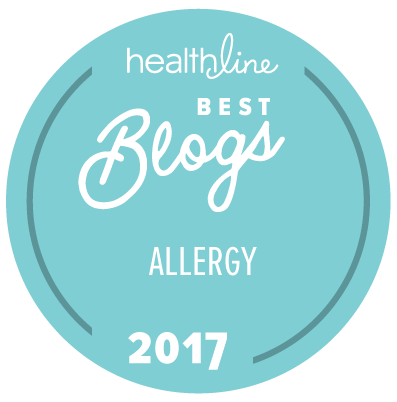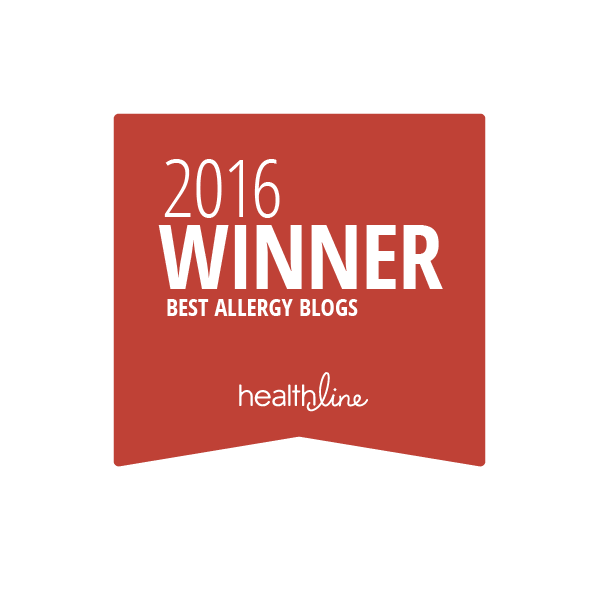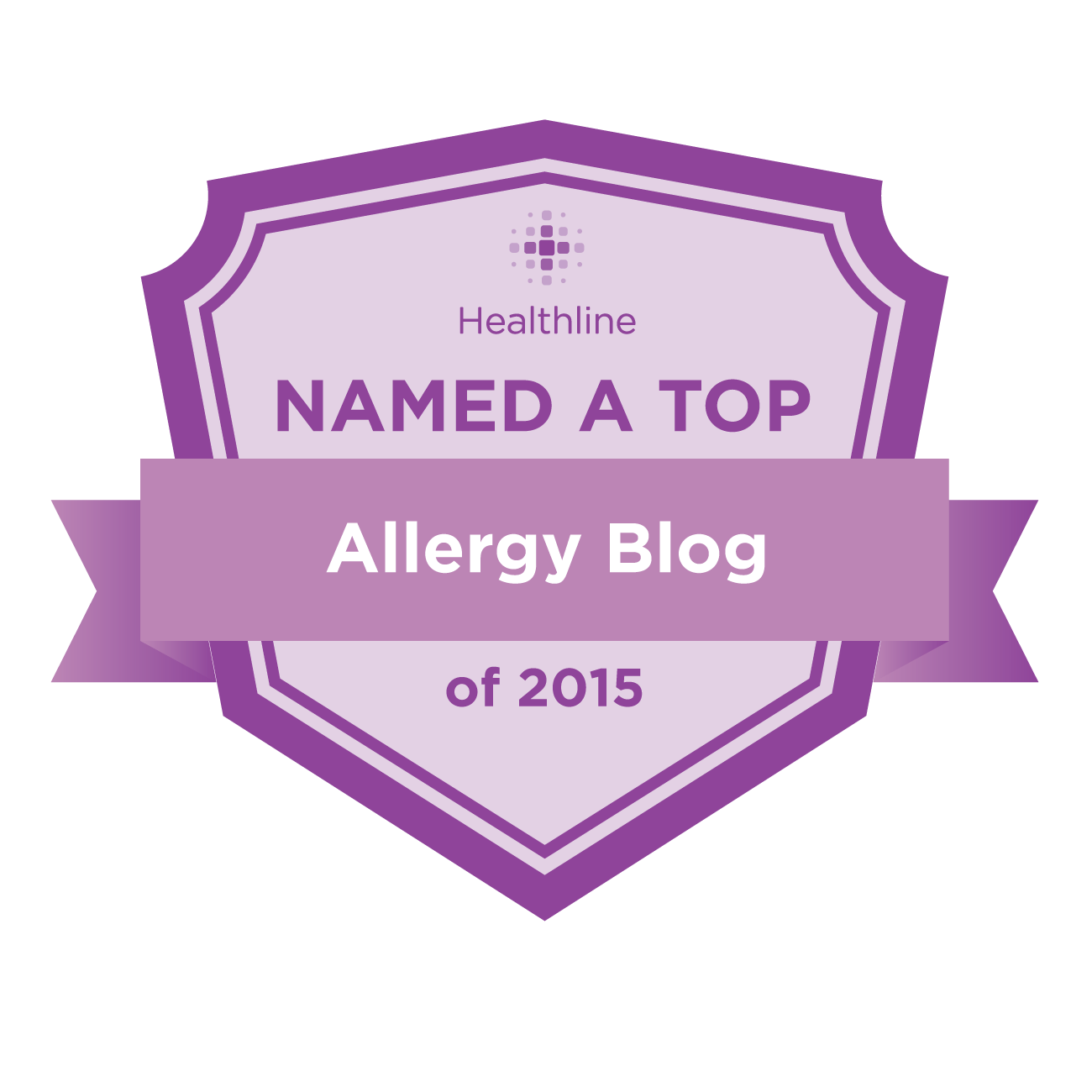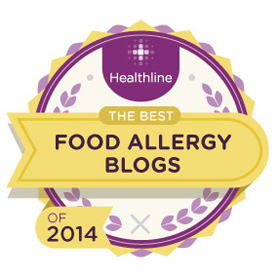By Dr. Hugh A Sampson, MD
Mount Sinai School of Medicine; Jaffe Food Allergy Institute
Written for Allergies Asthma Children and published here with AAC’s written permission.
 Food allergy has become a major health problem in westernized countries, now affecting approximately 3.5% of the U.S. population, or about 12 million Americans, and is the leading single cause of anaphylaxis treated in U.S. emergency departments. The standard of care for dealing with food allergies has been to educate patients and their families how to avoid allergenic foods and to recognize and treat allergic reactions if they have an accidental ingestion. In the past 5 years, there has been a growing interest in oral immunotherapy (OIT) for treating food allergy, a practice that was first reported in The Lancet over 100 years ago in an article called “A case of egg poisoning” [Lancet 1908; 1:716]. Considerably more recently, several small clinical trials of OIT for milk, egg and peanut allergies have yielded some promising results, and some practicing allergists have even begun using OIT to treat food-allergic patients.
Food allergy has become a major health problem in westernized countries, now affecting approximately 3.5% of the U.S. population, or about 12 million Americans, and is the leading single cause of anaphylaxis treated in U.S. emergency departments. The standard of care for dealing with food allergies has been to educate patients and their families how to avoid allergenic foods and to recognize and treat allergic reactions if they have an accidental ingestion. In the past 5 years, there has been a growing interest in oral immunotherapy (OIT) for treating food allergy, a practice that was first reported in The Lancet over 100 years ago in an article called “A case of egg poisoning” [Lancet 1908; 1:716]. Considerably more recently, several small clinical trials of OIT for milk, egg and peanut allergies have yielded some promising results, and some practicing allergists have even begun using OIT to treat food-allergic patients.
I certainly can’t fault the desire of patients and patients’ parents to seek relief from the difficulty of managing a severe food allergy (and who pay for these treatments out of pocket). However, I wish to caution that widespread adoption of any OIT methods is premature, and may lead to crushing the hopes of patients, and worse.
Three carefully conducted scientific reviews* of trials have raised serious questions about OIT’s effectiveness, safety and long-term benefits, with the most recent concluding that “the overall low quality of evidence leaves important uncertainty about anticipated effects of immunotherapy due to very serious imprecision of the estimates of effects and the likelihood of publication bias for some of the critical outcomes.” In other words, we can’t judge on the basis of these trials whether it’s really working or not, or whether some researchers are getting the results they want instead of what the data really shows.
Our understanding of the underlying immunologic changes brought about by OIT is very limited and published reports provide inconsistent results. OIT appears to induce “desensitization,” or a clinical state in which the quantity of food required to trigger an allergic reaction is raised while on therapy, in most patients. “Tolerance,” or the long-term loss of allergic reactivity following the discontinuation of therapy, i.e. “a cure,” has been reported in some OIT trials, but most of these trials lack the appropriate controls. Different treatments follow different protocols, creating apples-and-oranges comparisons. In some cases, we can’t distinguish whether improvements with milk are the result of the therapy or whether a child is merely outgrowing the problem, as happens with milk allergies about 80% of the time. In fact, the only OIT trial to date stringently controlling for the natural development of tolerance in food-allergic children failed to find a difference in outcome between treated and control subjects.
In spite of the reservations my colleagues and I have, there are many instances of what we might call “retail OIT” being offered by some practicing allergists. The history of medicine is replete with examples of how premature adoption of new techniques can go wrong. Drugs and technologies that showed “no harm” in trials have often proven to be problematic as they made their way into wider use. We are nowhere near that regulatory threshold with OIT.
Furthermore, administering an experimental therapy creates management problems. Even in a research setting, patients must endure much of the discomfort and reactions that make food allergies a problem to begin with, necessitating a good deal of after-hours support and encouragement; do OIT doctors provide that? And while I trust my fellow allergists to treat emergencies, proliferation of unproven therapies creates more and more probability of mishaps. How long before a patient who believes himself “cured” suffers because he has ignored elementary precautions?
At this time, oral immunotherapy should be considered a promising experimental treatment for food allergy, but proper well-controlled trials are needed to demonstrate that it is safe and effective before the FDA will approve it for general use by practicing allergists.
* [(1)Brozek JL, Terracciano L, Hsu J, Kreis J, Compalati E, Santesso N et al. Oral immunotherapy for IgE-mediated cow’s milk allergy: a systematic review and meta-analysis. Clin Exp Allergy 2012; 42(3):363-74;
(2) Sheikh A, Nurmatov U, Venderbosch I, Bischoff E. Oral immunotherapy for the treatment of peanut allergy: systematic review of six case series studies. Prim Care Respir J 2012; 21(1):41-9; and
(3) Fisher HR, Du TG, Lack G. Specific oral tolerance induction in food allergic children: is oral desensitisation more effective than allergen avoidance?: a meta-analysis of published RCTs. Arch Dis Child 2011; 96(3):259-64]
Of note is this comment from Dr. Wayne Shreffler on the Allergies Asthma Children website:
I’m glad to see this being publicly debated. I’m not a parent of a food allergic child, but I have, like Drs. Sampson, Nash and others had the privilege of specializing in their care for more than a decade now.
I don’t believe there is any valid reason to doubt that physicians on either side of this question are equally well-intentioned. I am the principal investigator of an active peanut OIT trial and two more, funded by the NIH, due to start this year. I did my fellowship training with Dr. Sampson at Mount Sinai from 2000-03 and was on faculty there until 2009 when I moved to Boston. So you would be correct if you guessed that my opinion is that OIT still belongs in the research setting, and not something available as a fee for service.
But I think that some may be wrong about why I have that opinion. I hold that opinion primarily because I am biased to believe that oral immunotherapy IS effective. It is precisely because of this desire I have to find that OIT is an effective therapy — the same bias that every parent, private practitioner AND researcher currently has — that it is absolutely necessary to conduct impartial and rigorous studies.
Almost everything that has been published on OIT to date consists of case series reports, not randomized clinical trials. The overall numbers are still small and the patient selection highly subject to bias. We do not know that the benefits of OIT outweigh the risks, who is most likely to benefit, who will fail or develop chronic allergic inflammation while taking it, or who would have outgrown the allergy without it but now never will. No scientific review conducted or expert panel convened has concluded that OIT should yet be offered outside of a trial.
I have no doubt that practitioners among us who are offering OIT are setting out to do good. But the data are not yet sufficient to conclude that they will be. Until we have that data, in my opinion nobody should be laying down money for this treatment.
I believe that I understand the desire parents have to do something proactive about as well as anyone who is not personally affected can. My practice and my research are very much informed by that desire. But not only is OIT not ready for prime time, its proliferation outside of the research setting may well undermine our collective capacity to ever determine its efficacy.
Dr. Sampson is the Kurt Hirschhorn Professor of Pediatrics and the Dean for Translational Biomedical Research at the Mount Sinai School of Medicine in New York, and the Director of the Jaffe Food Allergy Institute at the Mount Sinai Medical Center. Dr. Sampson’s research interests and publications have focused on food-allergic disorders including the immunopathogenic role of food hypersensitivity in atopic dermatitis and anaphylaxis, characterization of food allergens, and immunotherapeutic strategies for treating food allergies. His research has been funded continuously by a number of grants from the National Institutes of Health and private foundations. Dr. Sampson is the principal investigator of the NIH-sponsored Consortium on Food Allergy Research and an AADCRC program project conducting a number of clinical trials investigating novel therapies for the treatment of food allergy and investigating basic immunologic mechanisms. He has published over 350 articles and 60 book chapters on food-allergic disorders and co-edited four books, and was elected to membership in the Institute of Medicine of the National Academies in 2003 for his research on food allergies. Dr. Sampson is past chairman of the Section on Allergy & Immunology of the American Academy of Pediatrics and past president of the American Academy of Allergy, Asthma and Immunology.
Wayne G. Shreffler, MD, PhD is the Director of the Food Allergy Center at Massachusetts General Hospital and an Associate Professor of Pediatrics at Harvard Medical School. Dr. Shreffler received his MD and PhD degrees from New York University and his Pediatrics training at the Albert Einstein College of Medicine. He completed his fellowship in Allergy & Immunology at the Mount Sinai School of Medicine in 2003. He is board certified in Pediatrics and Allergy/ Immunology and is a fellow of the American Academy of Allergy, Asthma and Immunology. In 2009, he joined MGH as the Director of the Food Allergy Center and in 2011 became the Section Chief of Pediatric Allergy and Immunology. He sits on the editorial board for the Journal of Allergy and Clinical Immunology, the FDA Food Advisory Committee and the Food Allergy and Anaphylaxis Network Medical Advisory Board.
** If you found this post helpful, I would love for you to use the “Sharing Is Caring” bar (below) to share this post via Facebook or Twitter. If you’re reading this as an e-mail message, you need to jump over to my blog first by clicking here.

